At the IFA 2017 event, Sharp made headlines with its 70-inch and 85-inch 8K televisions. However, this wasn't the first time the company had showcased 8K technology. Back in 2013, at CES in the U.S., Sharp already unveiled an 85-inch 8K TV. After so many years, how has 8K technology evolved? And is 4K on its way out?
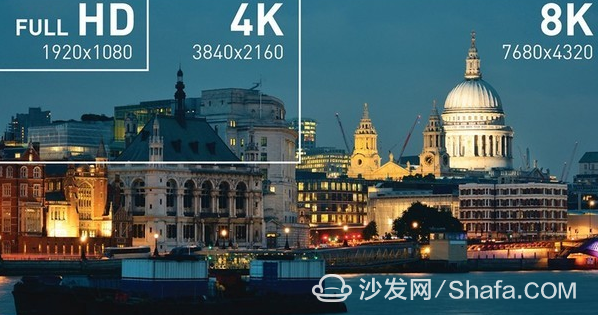 When 4K first hit the market, many were amazed by its sharpness. At a distance of more than 2.7 meters, the image appeared smooth with no visible pixelation. Some "experts" even claimed that 4K was the peak of display clarity.
When 4K first hit the market, many were amazed by its sharpness. At a distance of more than 2.7 meters, the image appeared smooth with no visible pixelation. Some "experts" even claimed that 4K was the peak of display clarity.
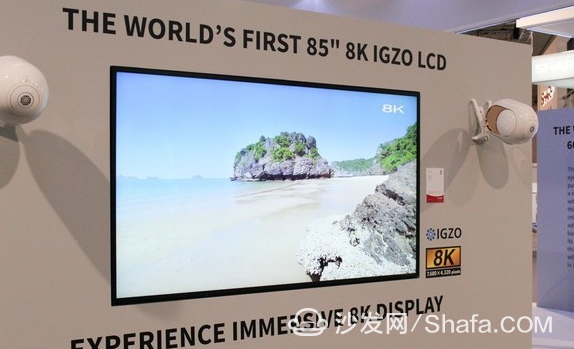 Then came 8K. With four times the resolution of 4K, it offers an even sharper picture. In the same screen size, you'd need to be within 68 cm to notice any graininess. For the average living room, where the distance from the sofa to the TV is typically around 2 meters, 8K eliminates any pixelation, offering a more immersive and eye-friendly viewing experience.
Then came 8K. With four times the resolution of 4K, it offers an even sharper picture. In the same screen size, you'd need to be within 68 cm to notice any graininess. For the average living room, where the distance from the sofa to the TV is typically around 2 meters, 8K eliminates any pixelation, offering a more immersive and eye-friendly viewing experience.
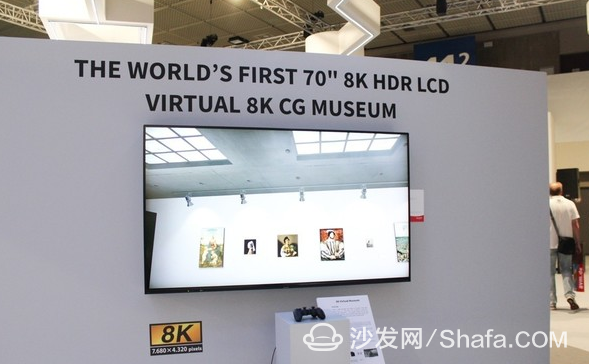 The transition from Full HD (1920x1080) to 4K took about five years, but the journey from standard HD to 4K lasted nearly a decade. Since 2014, 4K has exploded across TVs, monitors, and video devices, becoming highly advanced and widely adopted.
The transition from Full HD (1920x1080) to 4K took about five years, but the journey from standard HD to 4K lasted nearly a decade. Since 2014, 4K has exploded across TVs, monitors, and video devices, becoming highly advanced and widely adopted.
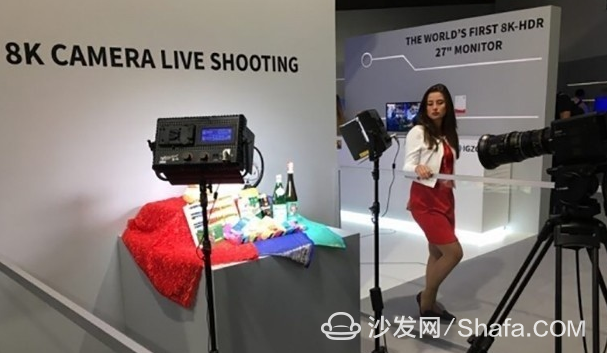 Many might think that 2024 is the year of 8K, meaning it's still far away. But this isn’t the case. From 8K recording equipment to playback devices, mature products are now available for consumers. The only missing piece is mobile network support for 8K streaming.
Many might think that 2024 is the year of 8K, meaning it's still far away. But this isn’t the case. From 8K recording equipment to playback devices, mature products are now available for consumers. The only missing piece is mobile network support for 8K streaming.
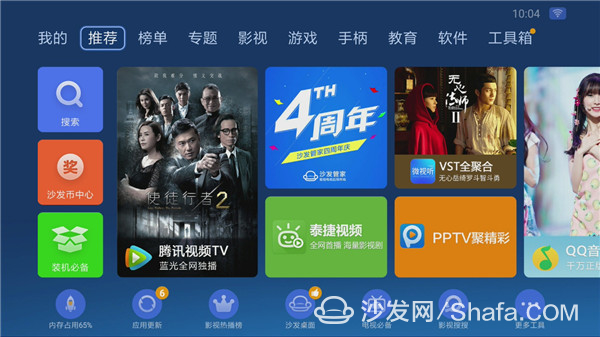 The 8K era has officially begun. With smart TVs, you can access free content, install apps like a "sofa butler," stream live TV online, and enjoy high-definition movies on demand. It's time to prepare for the next big leap in visual technology.
The 8K era has officially begun. With smart TVs, you can access free content, install apps like a "sofa butler," stream live TV online, and enjoy high-definition movies on demand. It's time to prepare for the next big leap in visual technology.





Optical Filter,Long Wave Pass Filter,Optical Pass Band Filter,Bandpass Filter
Danyang Horse Optical Co., Ltd , https://www.dyhorseoptical.com